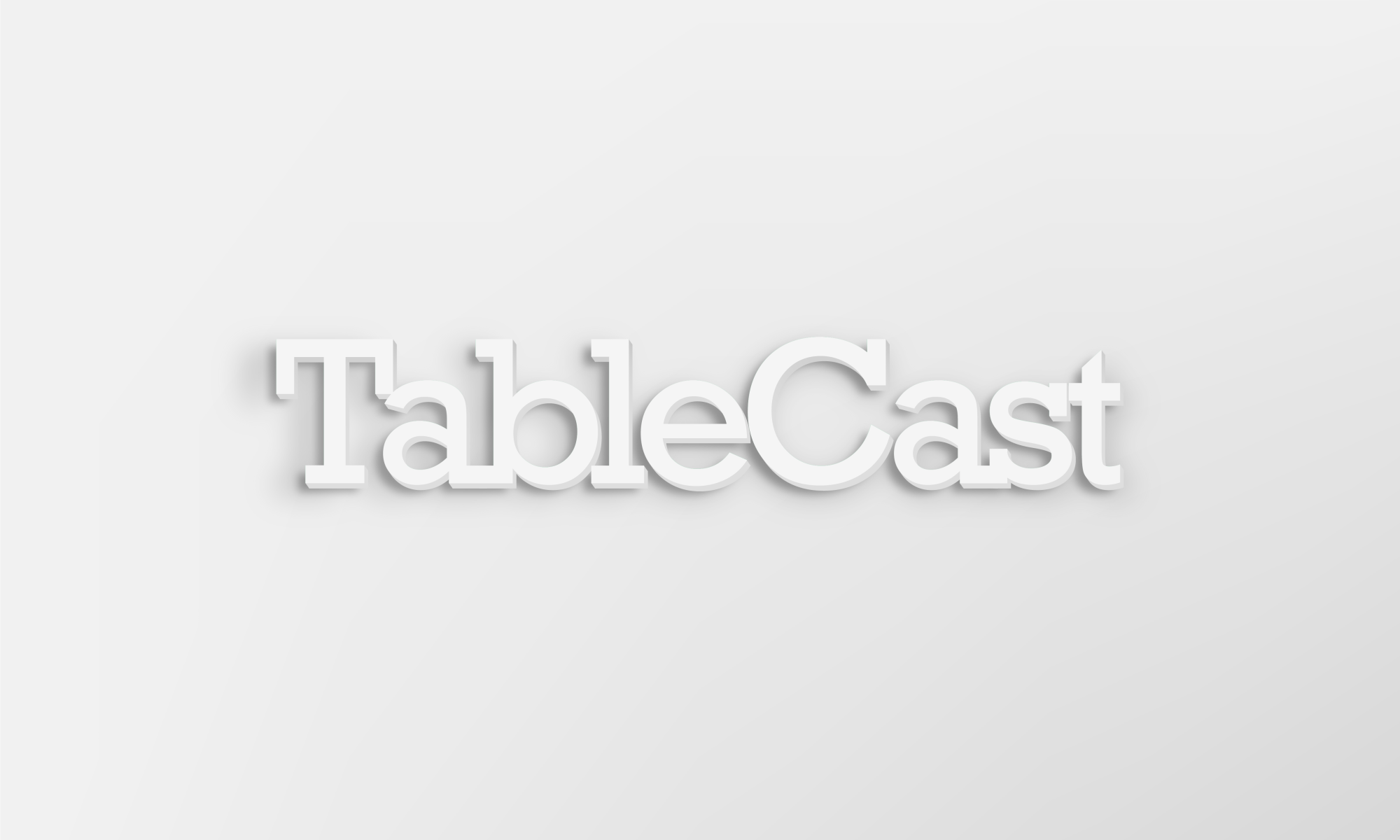The most significant risks that could jeopardize the success of the project include the processing speed of our object tracking algorithm and the calibration process of the projector. This has been a risk throughout the semester and a risk we plan to manage with lots of testing. The AGX should be sufficient in managing the computing power necessary for all CV tasks. We are working with multiple professors to make sure the warp logic/math is correct. The projector we are using was recently delivered so we plan to test the logic soon.
No changes made to existing design of the system.
No changes to schedule.
A was written by Caroline, B was written by Sumayya and C was written by Tahaseen
Global Factors:
TableCast is a product that anyone can use, given that they have a table, outlets, and cooking equipment. Ease-of-use is an important factor that we considered during our design process. Even if someone does not have a background in technology, we designed a system that anyone can set up with our step by step instructions. For example, a server will launch automatically after device boot, so that a user does not have to log into the AGX and set up that manually. Instead, all they have to do is type a link into their browser, which most people regardless of tech background can do. Additionally, we will have an intuitive, visually guided calibration step that anyone can follow along with. TableCast is a product anyone from any background can use to improve their skills in the kitchen.
Cultural Factors:
The goal of TableCast in a kitchen environment is to make cooking easier. It encourages independence but results in a better sense of community. Our design allows users to easily follow recipes even though they have never made the dish before. We strongly believe in empowering individuals to make their own meals, especially if they are afraid of making mistakes in the kitchen. With TableCast users can feel more confident in their abilities and improve their quality of life. Consequently, users are likely to want to share what they made with their loved ones and can be active in community gatherings such as potlucks and picnics.
Environmental Factors:
Our product, TableCast, does not directly cause harm or benefit the natural environment. However, there are several long term benefits to using our product rather than traditional paper cookbooks and/or expensive electronics in the kitchen. Reducing the reliance on paper cookbooks promotes great environmental benefits for reforestation causes. Given the chaotic and messy nature of a kitchen, electronics can easily become damaged requiring them to be replaced. The resource and production pipeline of consumer electronics like cell phones and tablets is notorious for being noxious and wasteful. By removing these devices from a risky environment like the kitchen, the longevity of the devices can be promoted, reducing the necessity of regular replacements.
